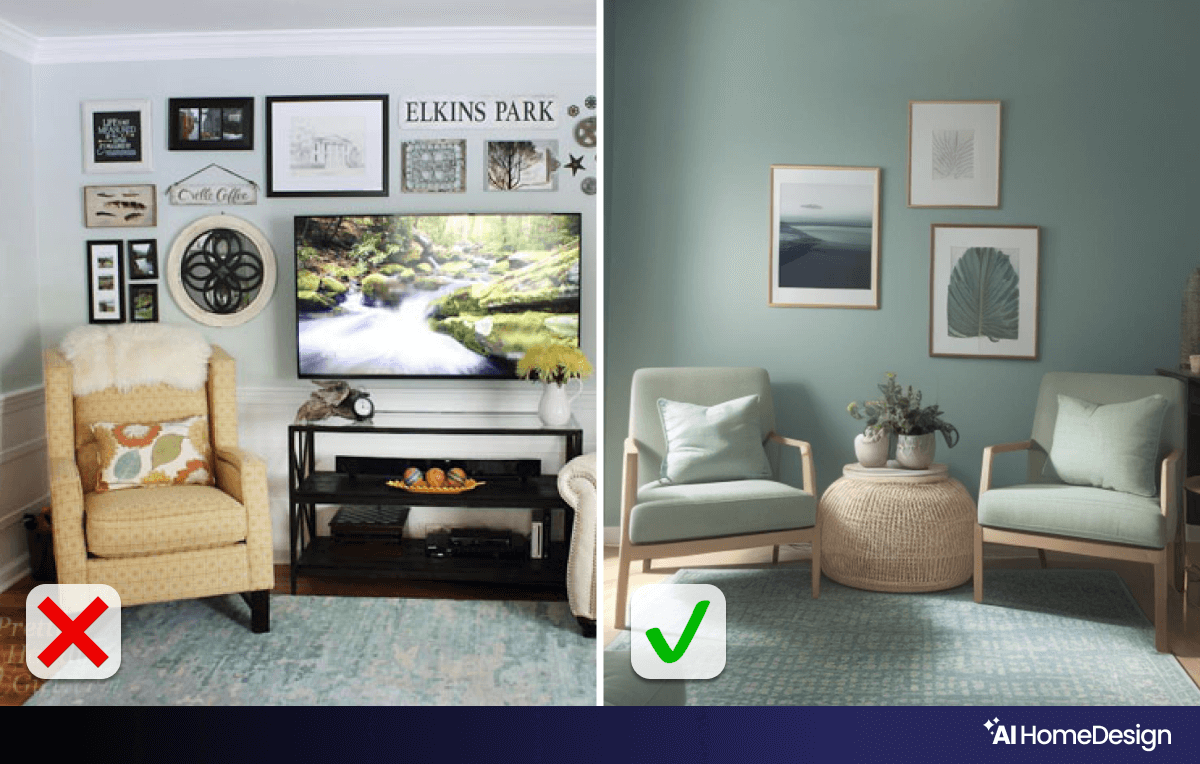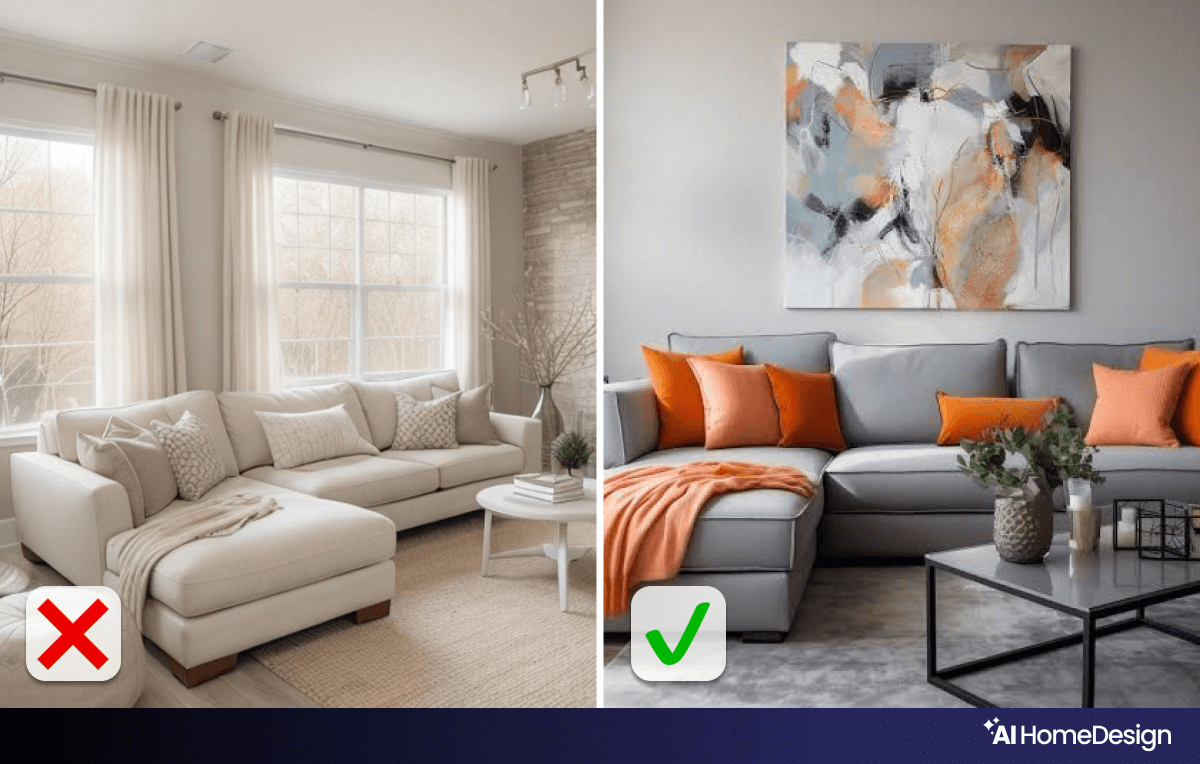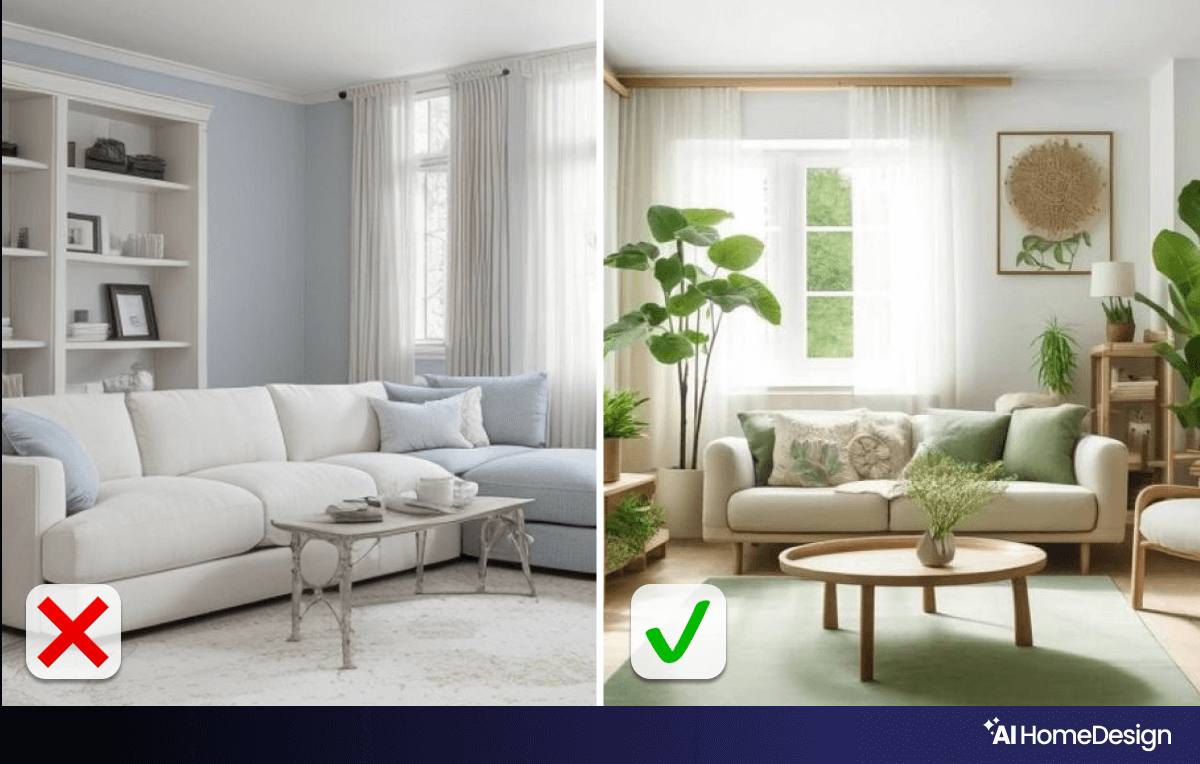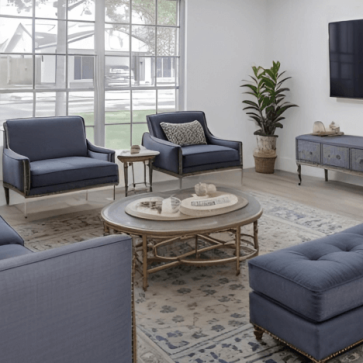How do we judge a home when we step in? What strikes us the most when making a visit to an open house? The first impression, I dare say, is shaped by the interior design of any given place, including the structural interior design along with the furniture and how beautifully they are arranged.
Granted, there’s a lot to consider when searching for a house. But our eyes instinctively linger on the walls and the ceiling, the lighting, and those arranged pieces of furniture, allowing the beauty and style to sink in. Only then do we begin to evaluate the structure, more strictly consider the neighborhood, and think about the amenities.
Interior design and real estate are deeply linked, and thus, agents and other real estate professionals and stakeholders need to understand just how interior design can drive up sales.
Why Does Interior Design Matter to Us All?
Sheltering from danger was perhaps the first motive that drove our ancestors to caves. Millenniums have passed, and now, while we still want our homes to protect us, we also seek comfort, style, and a reflection of our identity in them. Any place with a roof that appeals to us has certainly something within that resonates with our sense of belonging.
That is why we care so much about the arrangement of the sofa set, the length and color of our curtains, the decorations, the coverings, the colors and textures of all surfaces, and everything else in that regard. This is how interior design and real estate become intertwined
So, how does this endearing aesthetic concept help drive up sales?
First impressions and enhanced visual appeal
A well-designed interior creates a strong first impression, which is crucial in real estate. It helps buyers envision themselves in the space and enhances the property’s overall appeal.
Aesthetically pleasing interiors with cohesive color schemes, stylish furnishings, and well-chosen decor can make marketing materials, including photos and virtual tours, more attractive, leading to higher interest and better engagement. That’s because interior design influences the emotional response of buyers. A beautifully designed home can evoke feelings of comfort, luxury, or relaxation, which can sway a buyer’s decision.
Optimized space and functionality
A good interior design maximizes the use of space, making smaller properties feel more spacious and functional. Effective layout and design can highlight a property’s strengths and downplay its weaknesses.
Also, design elements such as modern fixtures, smart storage solutions, and open layouts enhance the functionality of a property, making it more appealing to buyers who value practicality. Interior design in this aspect weighs heavily in on the structural side of real estate.
Increased value and higher ROI
High-quality interior design can increase the perceived value of a property. A well-designed space often justifies a higher asking price and can make a property stand out in a competitive market.
Investing in professional interior design can yield a high return on investment (ROI). The cost of design services is often offset by the increased sale price and reduced time on the market. Thus, interior design and real estate are financially intertwined.
Differentiation and target market appeal
Unique and stylish interior design can set a property apart from others on the market. It helps create a distinctive identity that attracts potential buyers and can lead to quicker sales.
Moreover, tailoring the interior design to appeal to a specific target market (e.g., young professionals, families, and luxury buyers) can help attract the right buyers and enhance the property’s appeal. In this regard, interior design and real estate interact within the broader market.
All of the above come down to a bottom line that every real estate agent wishes for faster, better sales. Properties with professional interior design almost always sell faster than those without. It is quite a given that buyers are more likely to desire houses with more visual appeal and make offers on homes that are move-in ready and require less immediate work.
Interior Design Dos and Don’ts for Agents
So, we’ve come to the understanding that interior design and real estate are intrinsically linked. Whether through physical visits or photos shown on multiple listings, potential buyers feel some kind of connection with a beautifully designed space. And that’s why real estate agents should learn the basics of interior design.
This is not to say agents should design houses, but they need to understand and appreciate the notable connection between interior design and real estate. They should also become aware of what to expect from home stagers or photo editors who, whether physically or digitally, design empty rooms for them.
Here are some “shoulds” and “shouldn’ts” of interior design that agents must know about.
No pushed-back furniture
To create more space in the middle, many make the mistake of pushing all the furniture to the walls. This, in most cases, creates a rather cavernous area that only makes your place less inviting. Placing the furniture a few inches from the walls, in contrast, adds so much to the coziness of every space.

Too many colors spoil the look
It’s always a good idea to mix warm and cool colors, but designers who combine too many colors may unintentionally present the house as overly cluttered or even messy!
A pleasing design consists of only a few colors with one color serving as the dominant shade and the others acting as complementary elements. Such a combo brings warmth and harmony to the space creating a well-balanced feel that buyers immediately absorb.

Cluttered walls deter buyers
No one likes big walls with no decorative items on them. Mirrors, posters, artwork, and wall-mounted sculptures are some of the things we beautify our bare walls with. However, several decorations on the same wall will spoil the look of, not just that helpless wall, but the whole room.

The more lighting, the better
As soon as tenants or buyers step into a house, they will assess whether or not the place feels dark. The result of this assessment affects their decision greatly. Apart from lighting and warming up our houses, natural light has a soothing effect on everyone. So it’s always important to ensure that the house is bright enough.
There are different ways to brighten otherwise dark rooms that you can try. Using light-colored textures, putting bigger mirrors on the walls, or painting the walls white are some of the most common practices.

Accent pieces draw buyers’ attention
It’s highly unlikely to achieve a perfect design without accent pieces. The contrast that an accent piece makes, in terms of color, shape, or texture, draws anyone’s attention and adds character to your design.
The question some people ask is, “what is an accent piece?” The answer: Almost anything in a house can serve as an accent piece. Pillows, curtains, chairs, artworks, or even lamps can all play the role of accent pieces. Just make sure there is one in every room, smartly chosen and placed to break any possibility of the space looking mundane.

Natural elements are a must
We’re living in a modern and highly digitalized era. But we still have an innate connection to nature. If marble tiles and wooden cabinets appeal to us, it’s because, before anything else, we innately feel that we come from the same source as them.
For the same reason, a good design must have elements of nature in it. Plants, artifacts made of stones or clay, or even furniture made of wood foster a sense of harmony in us all that resonates with our primal instincts.

Do Interior Designers Make Great Agents?
We might have heard countless stories of real estate agents shifting to real estate photography, or conversely, of interior designers who became successful real estate agents. But can we generalize based on such experiences? Does having a deep understanding of interior design and home styling mean one can make a great agent?
Competent real estate agents constantly analyze the market to learn about pricing trends and market shifts. They know about property valuation and real estate marketing and are good negotiators. Above all, a good real estate agent must have a deep knowledge of real estate laws, contracts, and regulations.
Of course, any interior designer who puts their mind to it can learn the ropes of real estate. The point here is that merely having a background in interior design does not automatically confer the comprehensive knowledge needed to thrive in this industry.
Yet, Some List Properties Without Any Actual Design!
The whole purpose of this article is to highlight the link between interior design and real estate. When leasing or selling a property, agents must make sure that the design will appeal to the potential tenants or buyers. In some cases, however, it’s not easy to create an appealing design.
Some homeowners can’t afford to pay the costs (anywhere between the average of $3,000-$5,000) demanded by staging companies. Others are pressed for time and can’t wait a week or two to get their homes furnished.
In such cases, instead of showcasing empty rooms, you can use AI virtual staging tools that follow the principles discussed above. Although the actual place might be unfurnished or poorly done, you don’t want to show that to house hunters checking property listings online. After all, such listings are the first place where people see your client’s house. Why risk leaving a poor first impression when you can do all of the above and more with the click of a button?





